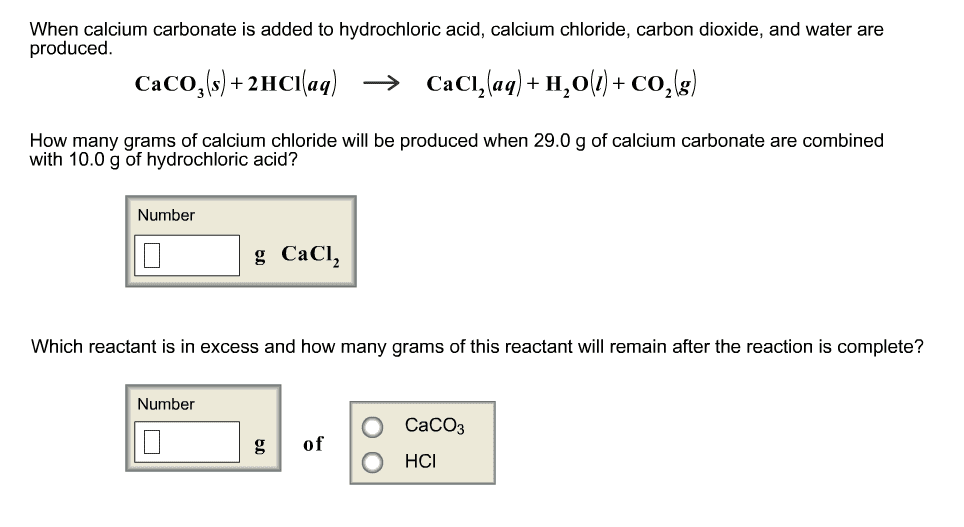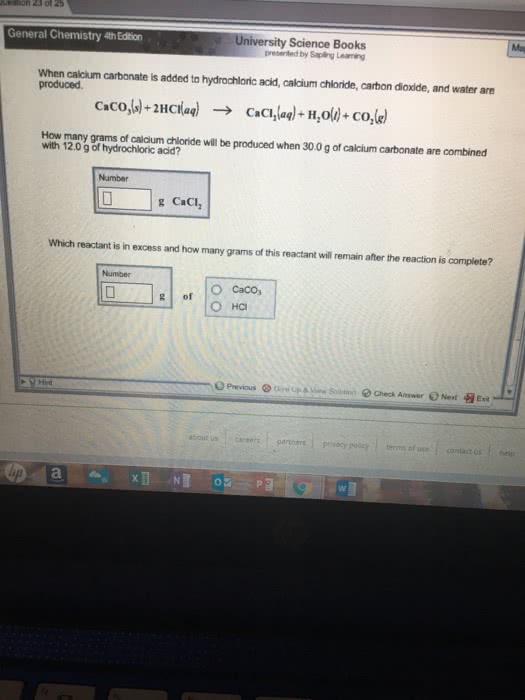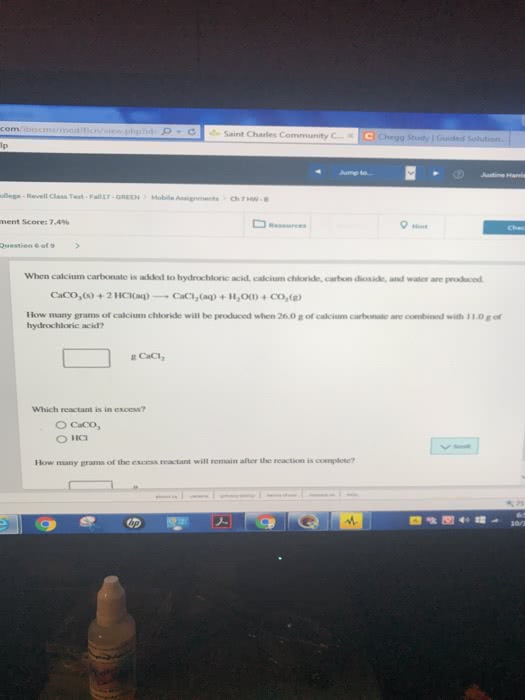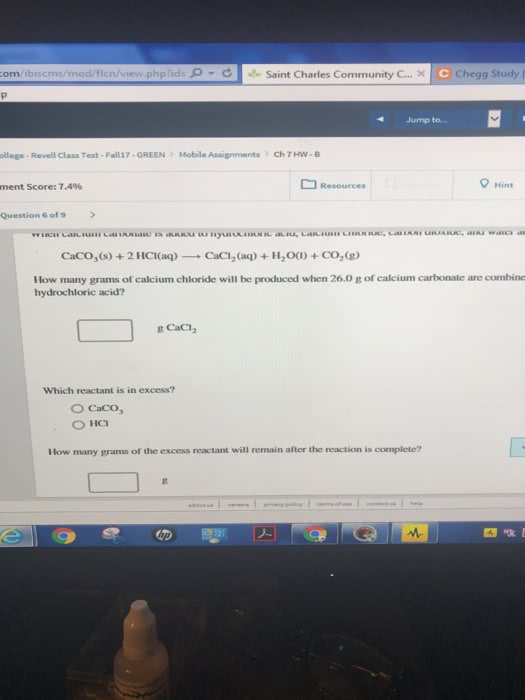Chemistry 1027A/B Lecture Notes - Reaction Rate, Calcium Chloride
Document Summary
The rate of a reaction may be measured by following the loss of a reactant, or the formation of a product. Rate of reaction = amount of reactant used time. Rate of reaction = amount of product formed time. Three of the reactions which may be studied to show how the rate can be changed are shown below. They are: the reaction between calcium carbonate and dilute hydrochloric acid, the reaction between sodium thiosulfate solution and hydrochloric acid, the decomposition of hydrogen peroxide solution, the reaction between calcium carbonate and dilute hydrochloric acid. The rate of this reaction can be measured by following the rate at which carbon dioxide is formed. This can be done by conducting the reaction in an open flask on an electric balance (weighing machine). As the carbon dioxide escapes to the air, the mass of the flask will decrease.





